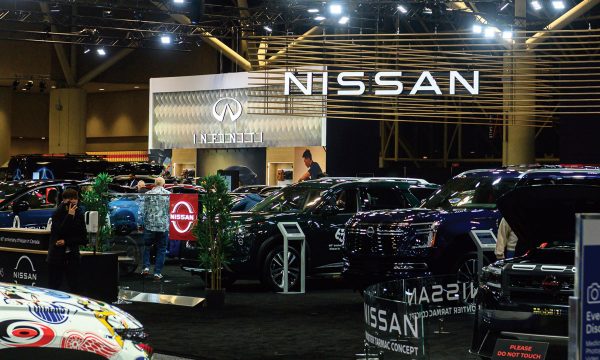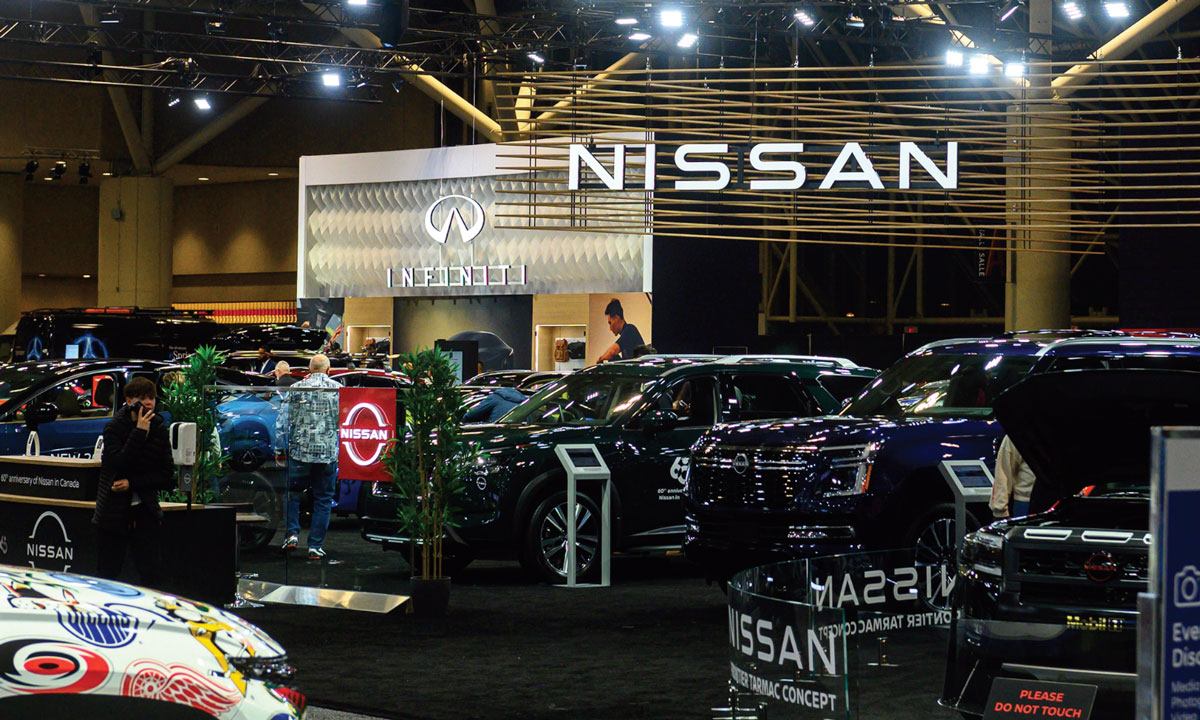Canadian dealership leaders predict upcoming industry changes
In this second installment, we will revisit the remaining three trends gathered from the Canadian Automobile Dealers Association (CADA) study discussed in the previous column.
As you may recall, CADA commissioned a forward-looking study with Clarify among Canada’s most senior auto retail leaders. The Road Ahead: Voice of the Canadian Dealer Study gathered feedback from 422 dealer principals and other equity-participating retail leaders.
The confidential survey conducted in December 2024 covered dealers from single- and multi-point dealer groups from across the country with the goal of identifying sentiment and emerging trends that dealers believe will develop over the next decade.
The comprehensive study identified six key trends. Below you will find the final three takeaways, as well as their implications for the future of automotive retail in Canada.
The quest for talent will intensify: Recruitment is the greatest area of focus across the industry today. When asked to share their Top 3 focus priorities looking forward, workforce and talent is the most frequently listed (57 per cent), even ahead of new (43 per cent) and used (37 per cent) vehicle sales.
Technicians will remain the most challenging role to recruit, alongside customer-facing service roles (advisors and managers). More than 4 in 5 dealers (81 per cent) recognize the need to recruit employees with different skills and competencies than today (agree and strongly agree), in response to customer expectations for more personalized services and the increasing sophistication of the vehicles we sell and service.
Nearly three-quarters of dealers (72 per cent) expect to increase their investment (somewhat or a lot more) in recruiting and training.
The implication for dealers? Talent management (attracting and retaining) will be the great differentiator between successful, growing retailers and those who will struggle to maintain their existing business. A paradigm shift will be required in the way we think about compensation, work-life balance and career path progression for our best and brightest. Dealers will need to make new investments in recruitment and training to hire for unique skillsets from a talent pool with different expectations.
Changing OEM landscape: In the face of such unprecedented change and uncertainty for OEMs on a global scale, the need for mutually beneficial dialogue between OEMs and dealers will be more important than ever. Changing business models, compressed margins, and a general lack of trust will result in an increasingly challenging relationship.
Over 1 in 3 Canadian dealers (37 per cent) anticipate their OEM relationship will deteriorate over the next 10 years. Interestingly, European brands surveyed expressed the least amount of confidence as 51.9 per cent stated that they expect the relationship to worsen. On the positive side, single rooftop and rural dealers were the most optimistic that their relationships with their OEM will improve going forward.
76 per cent of respondents also believe that Chinese OEMs and products will be in the Canadian automotive market by 2035. Nearly half (49 per cent) would consider taking on a Chinese EV franchise.
The implication for dealers? Stay close to your OEM. In turbulent times, Dealer Council engagement with the OEM is more important than ever. Focus on less manufacturer-controlled areas of your business including pre-owned sales, parts and service and protection products, etc.
New Energy Vehicles (NEV): The transition to New Energy Vehicles will happen, it is only a matter of how and when. NEVs encompass Battery Electric Vehicles (BEV), Plug-in Hybrid Electric vehicles (PHEV), Extended Range Electric Vehicles (EREVs), and Fuel Cell Electric Vehicles (FCEV).
Canadian dealers expect that nearly 2 in 3 vehicles they sell in 2035 will be a NEV (63 per cent). Of those, 57 per cent are expected to be plug-in electric vehicles (including BEV, PHEV and EREV), while one-third (34 per cent) will remain ICE or non-plug-in hybrid powered.
A majority of dealers (65 per cent) express concern (Agree or Strongly Agree) that the transition to NEVs will have a negative impact on profitability. More than half (55 per cent) of dealers recognize the need to reinvent their approach to vehicle marketing and sales.
The implication for dealers? Nearly one-third of dealers (32 per cent) intend to develop new revenue streams to compensate for this inevitable shift in powertrain adoption. Now is a good time to embrace that entrepreneurial spirit. Your customers will need a trusted advisor to make the transition, that’s where you come in.
Considering all the aforementioned factors, Canadian dealers remain positive. Even with 94 per cent of respondents admitting they expect profit margins to diminish and further consolidation of dealers into larger dealer groups, the vast majority of dealers surveyed were optimistic about the future.
When asked their level of confidence that the auto retail industry will be in a positive place by 2035, they responded with a 6.3 confidence rating on a 10-point scale. The score increased to 7.1 when asked about their level of confidence for their own business, demonstrating confidence in their entrepreneurial abilities to remain agile in the face of uncertainty and change.


















